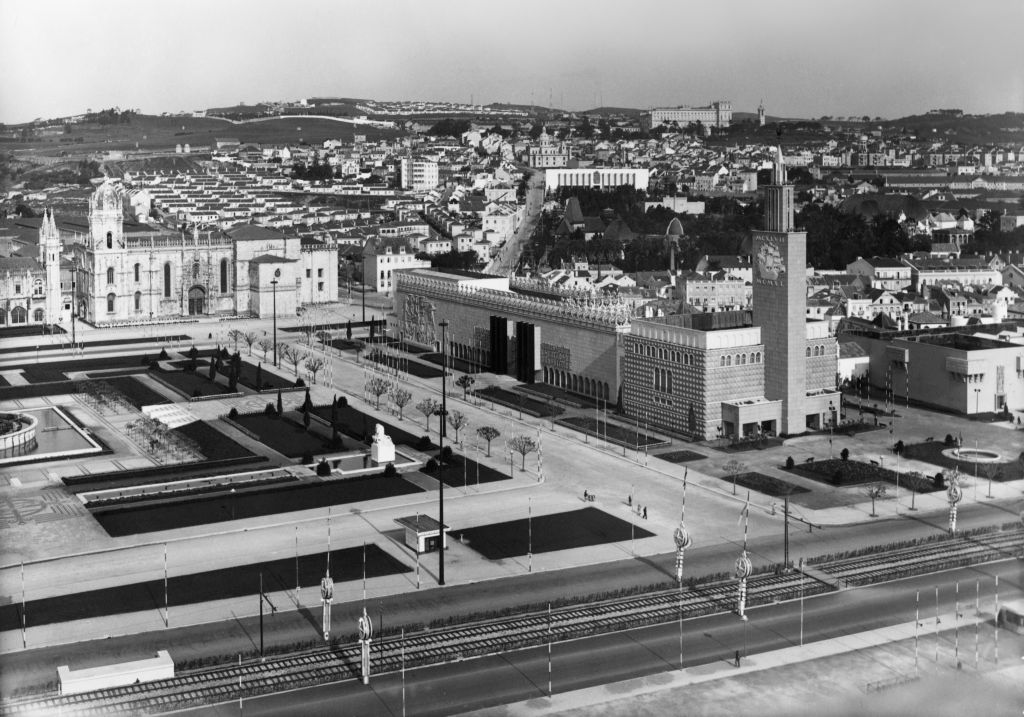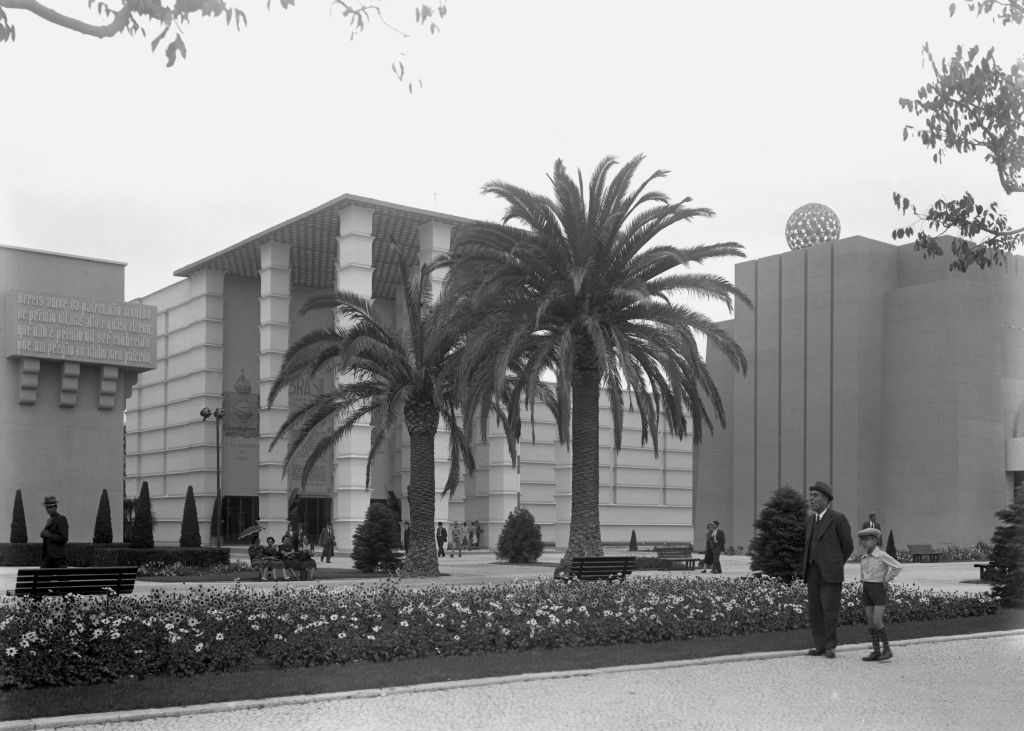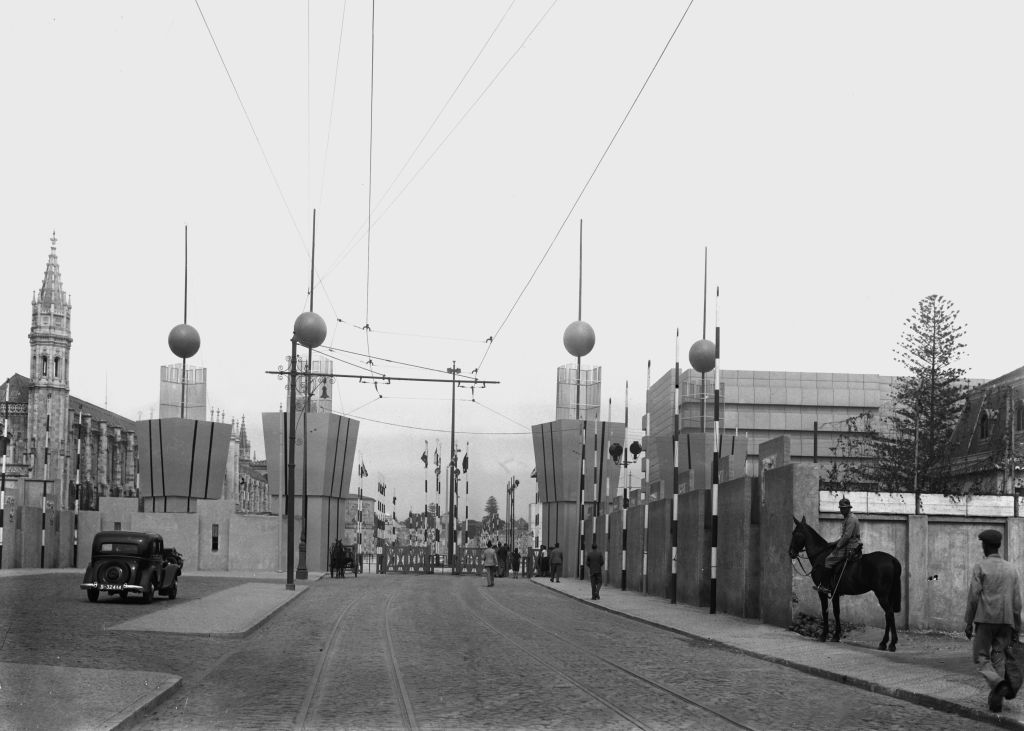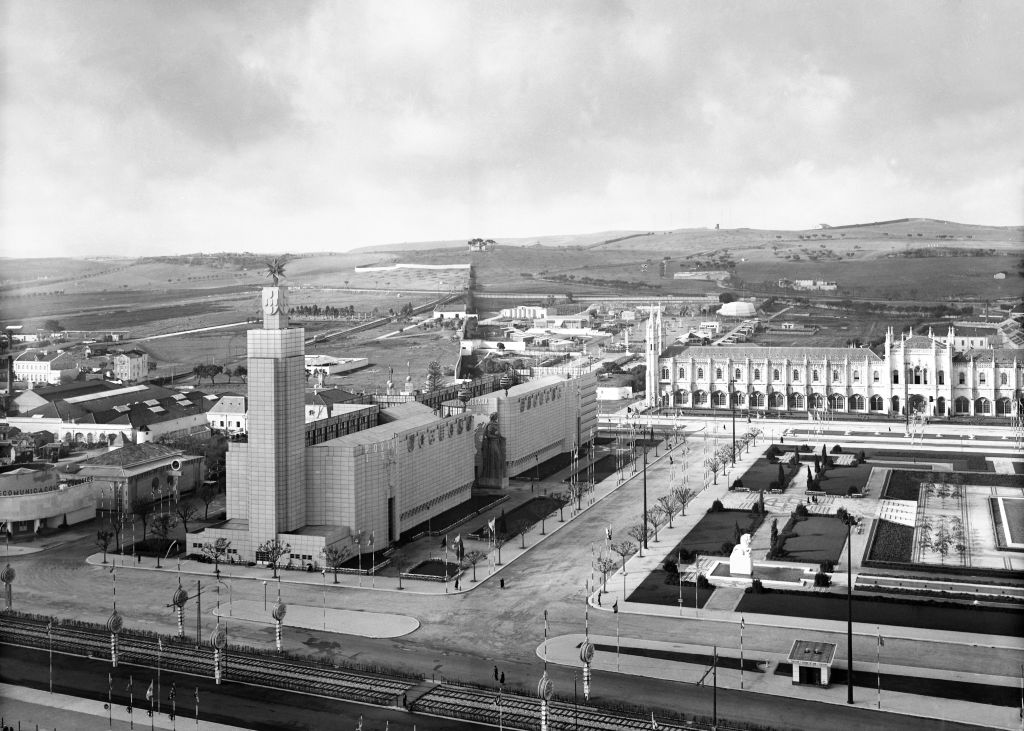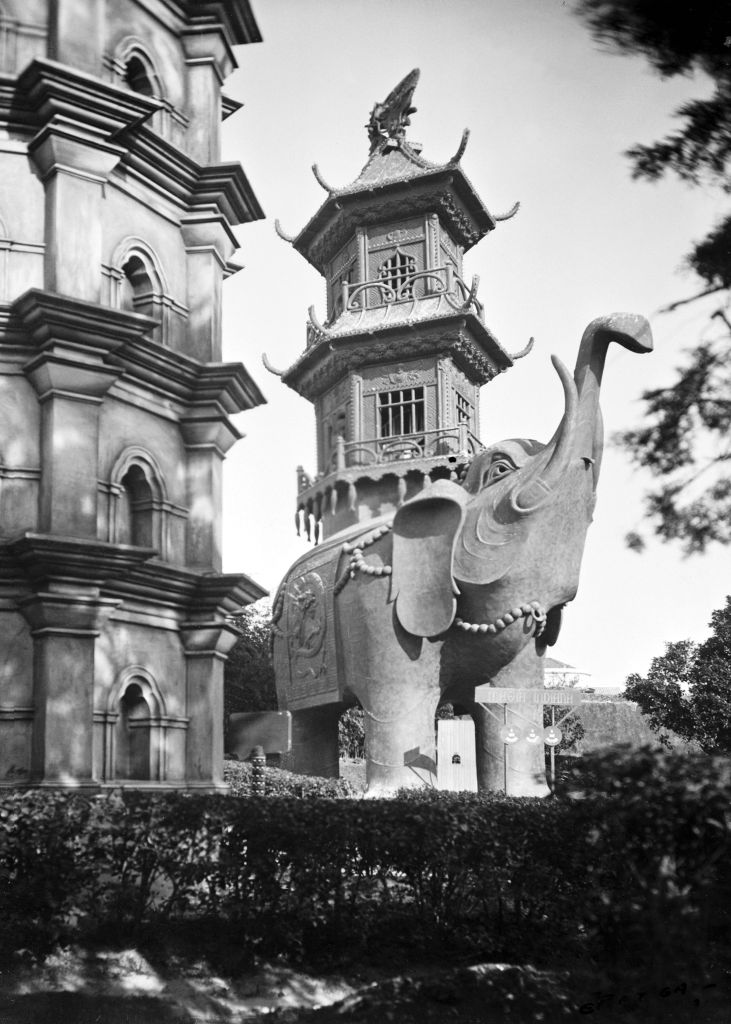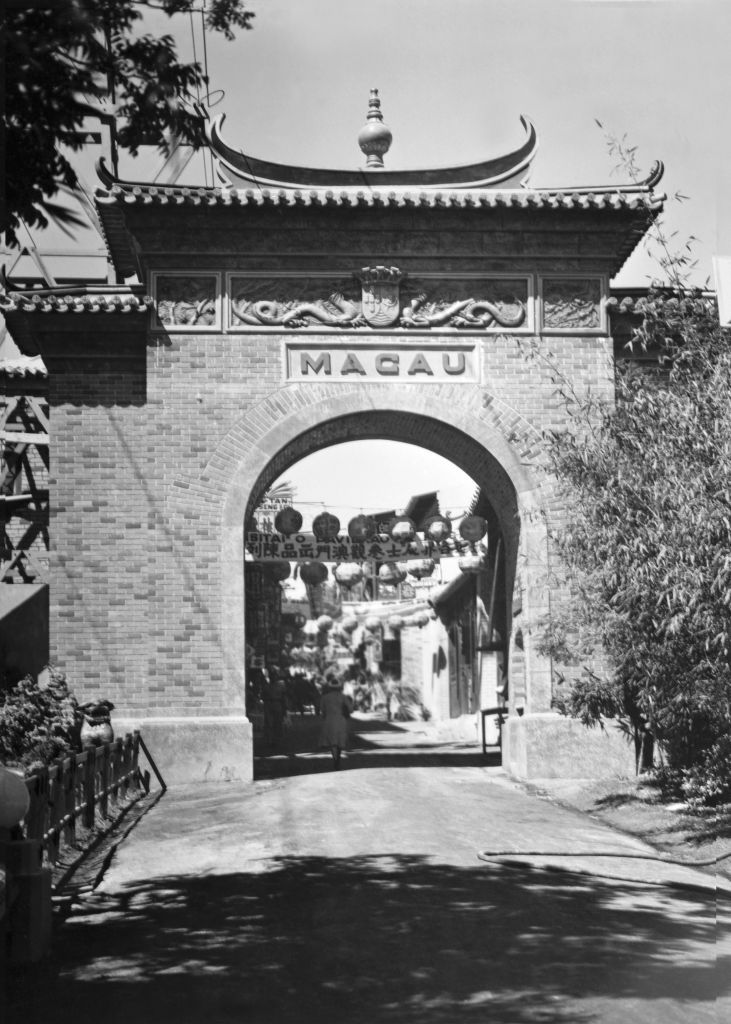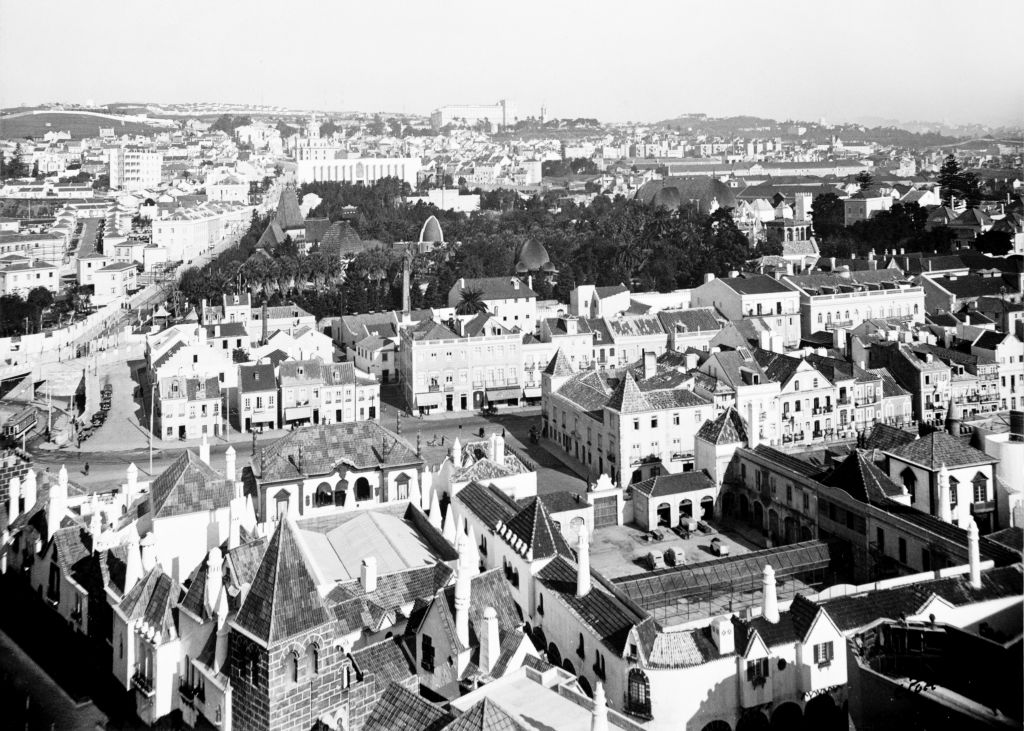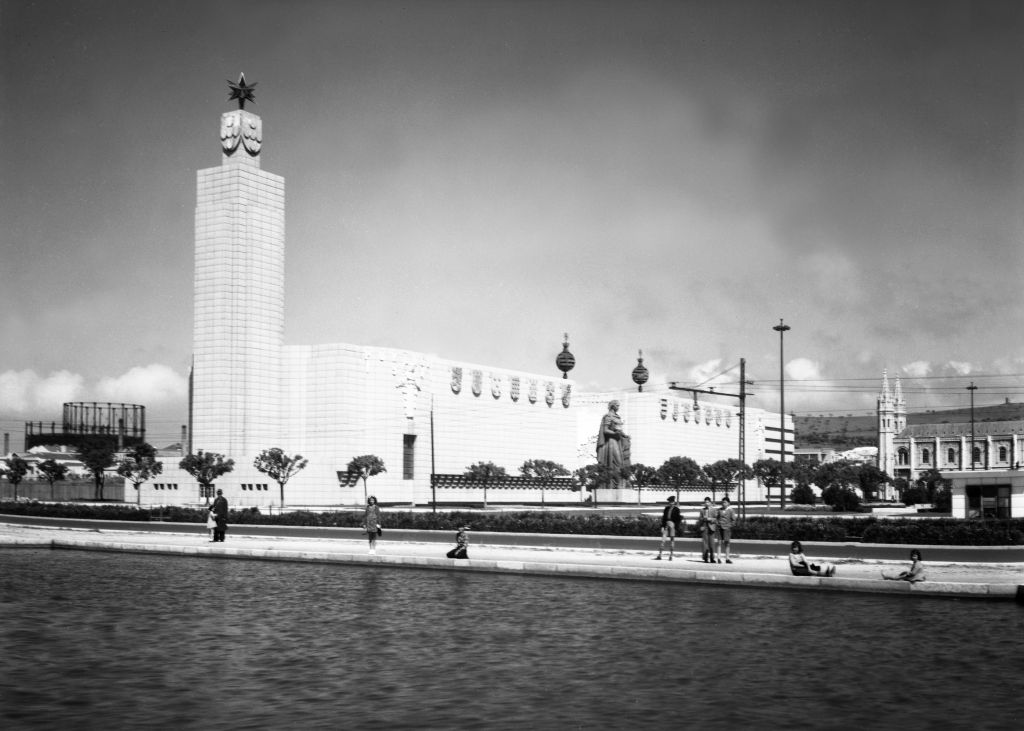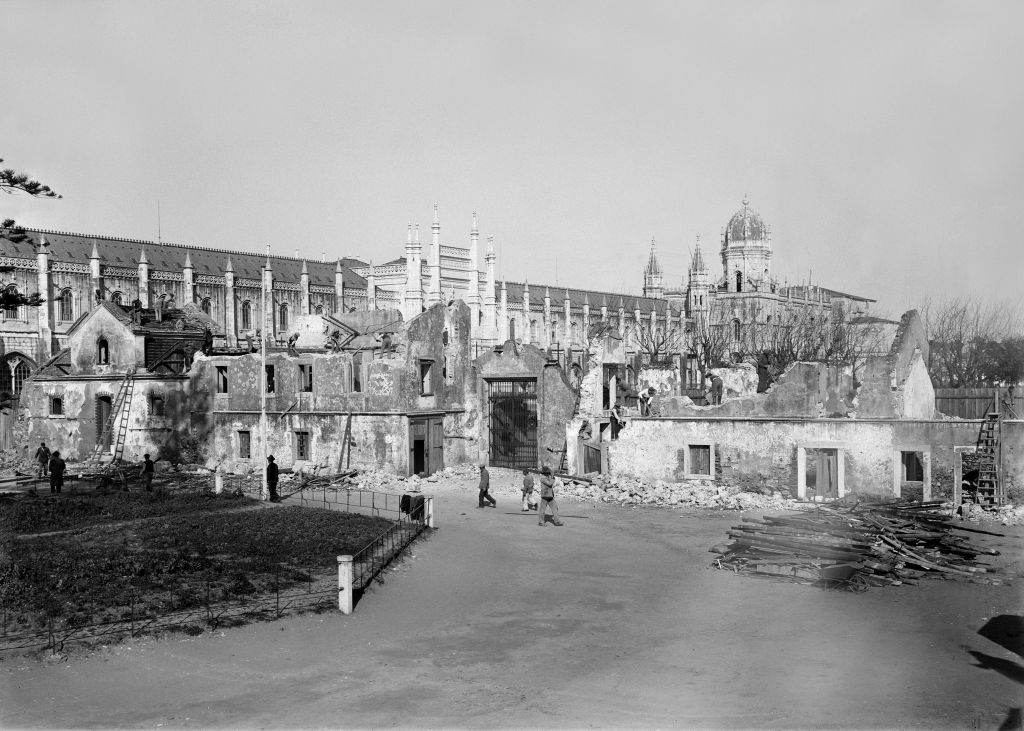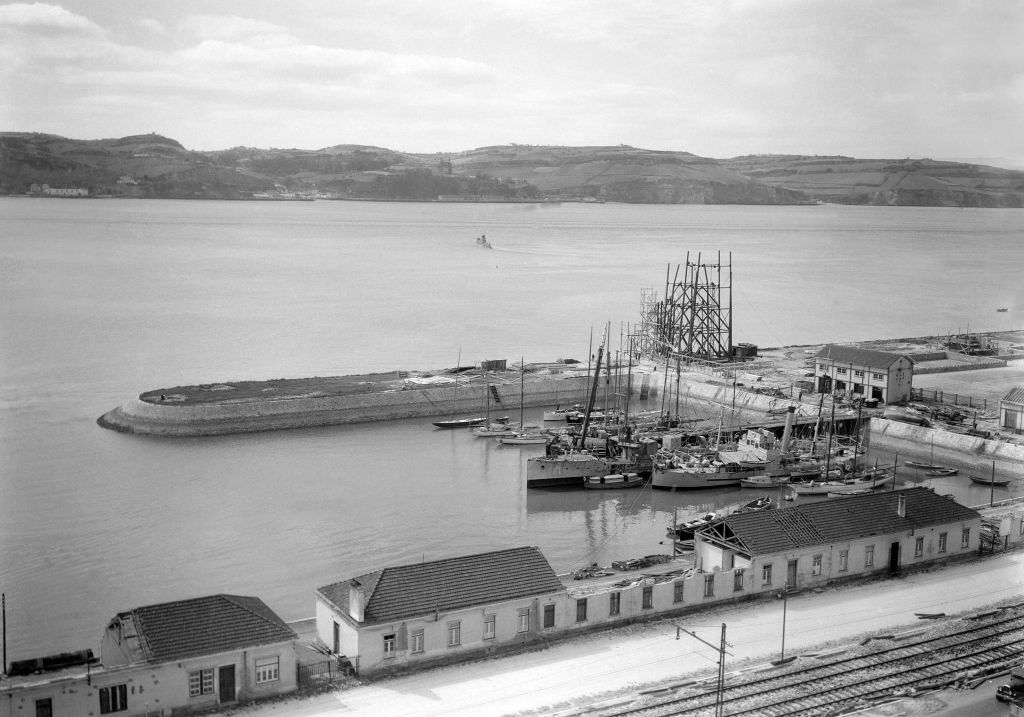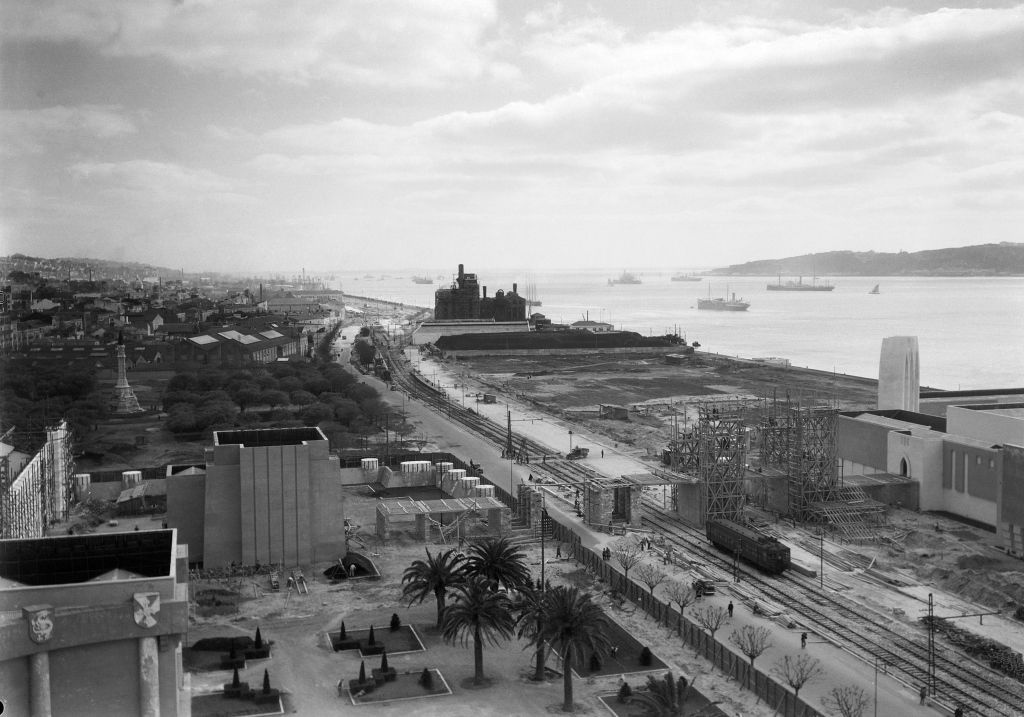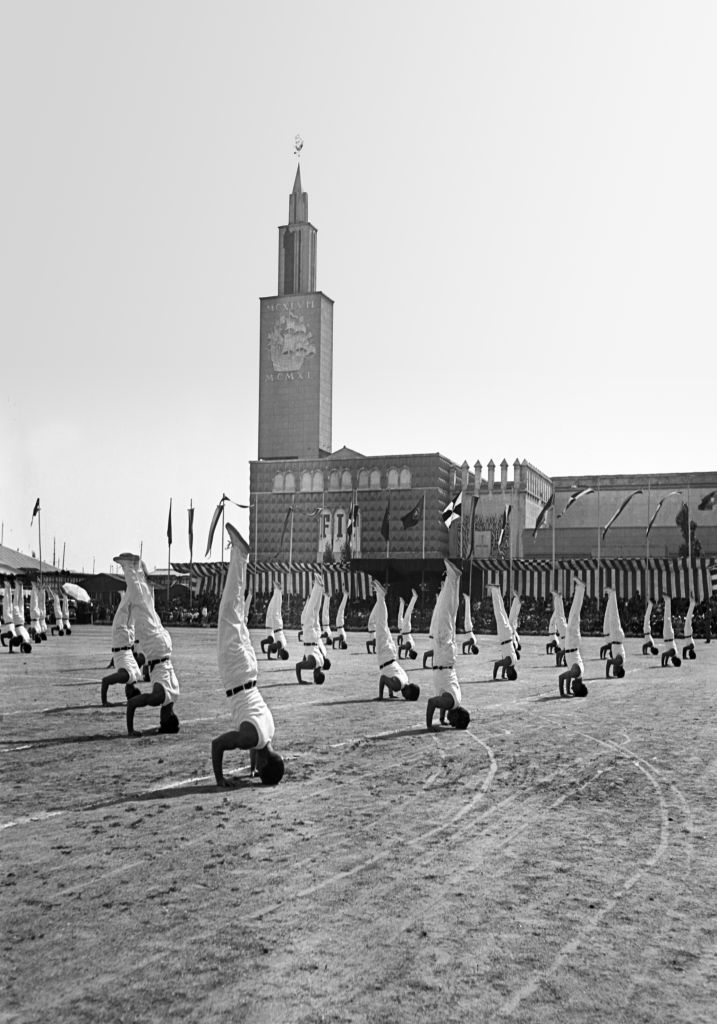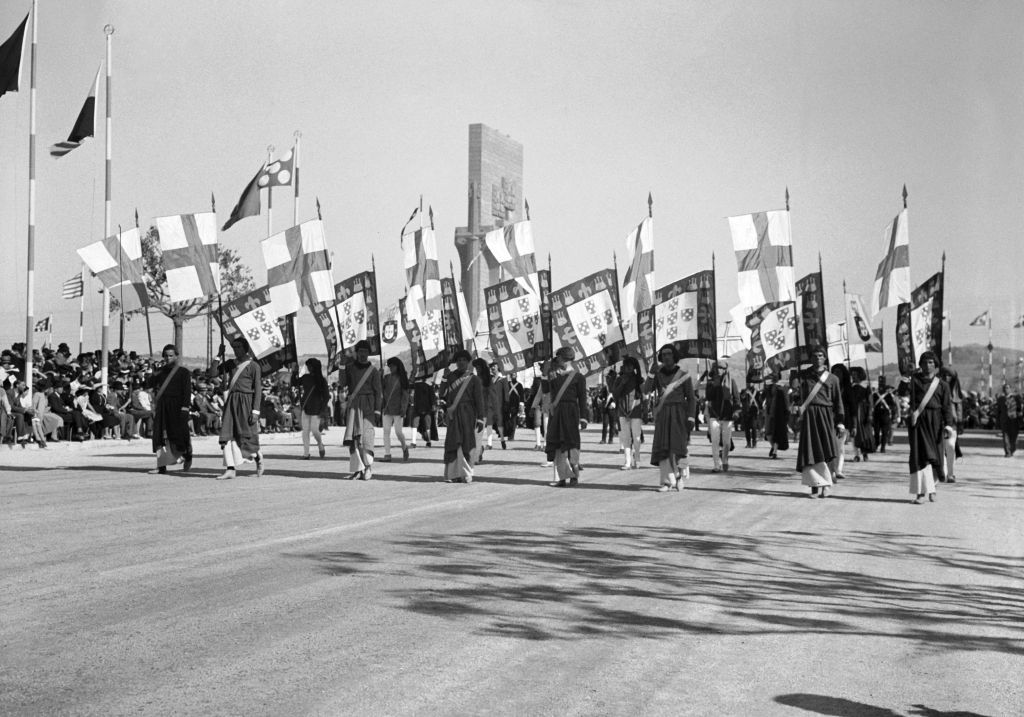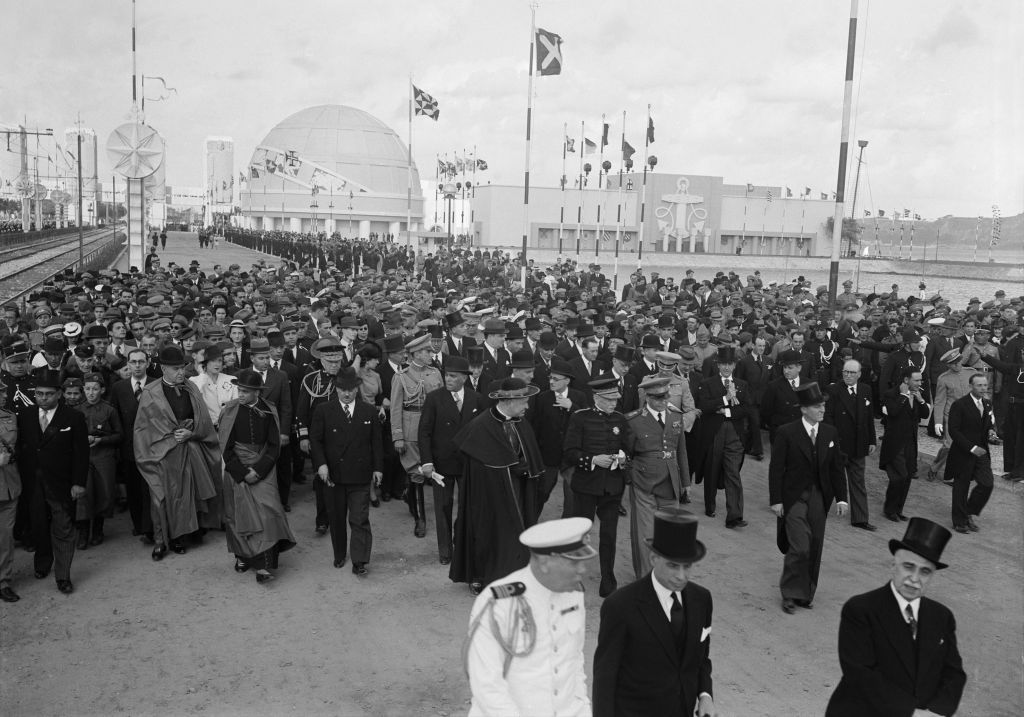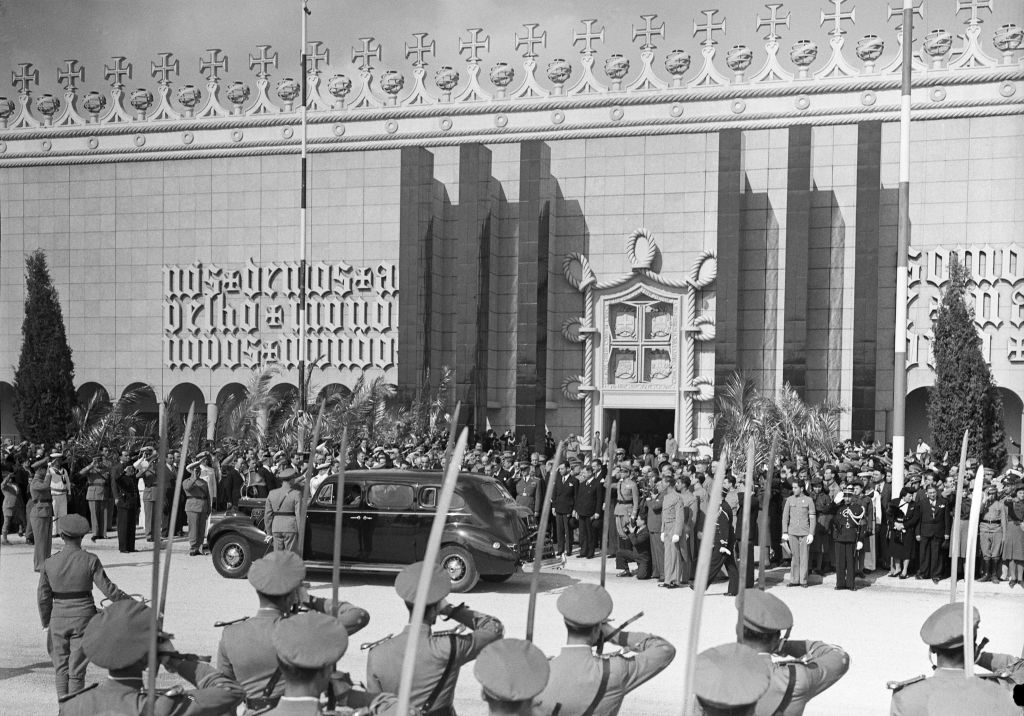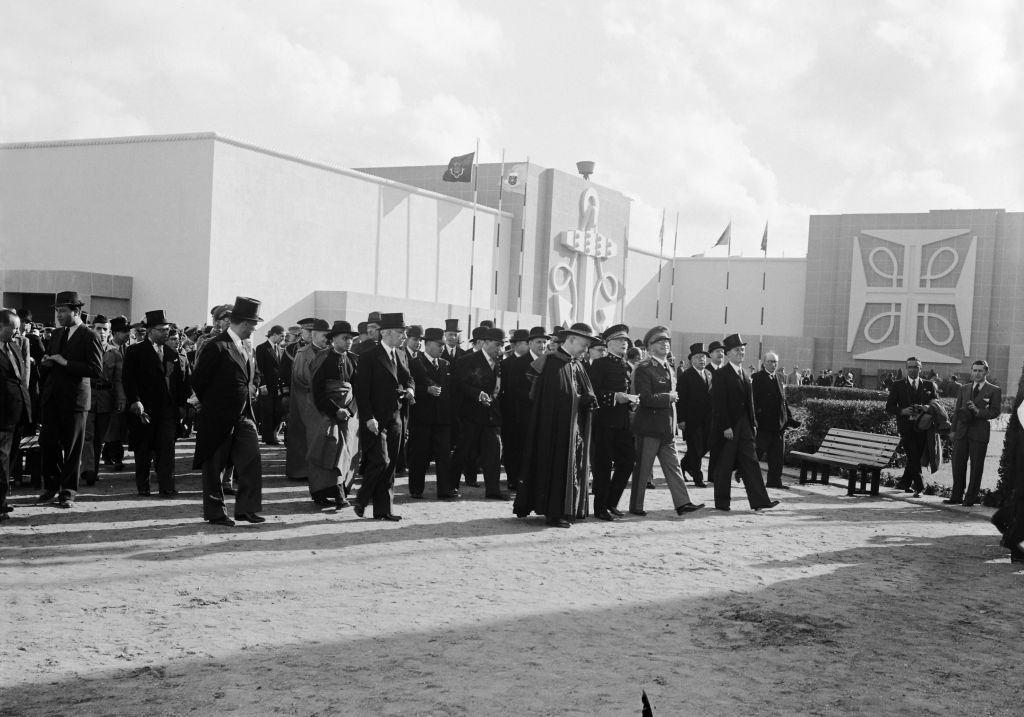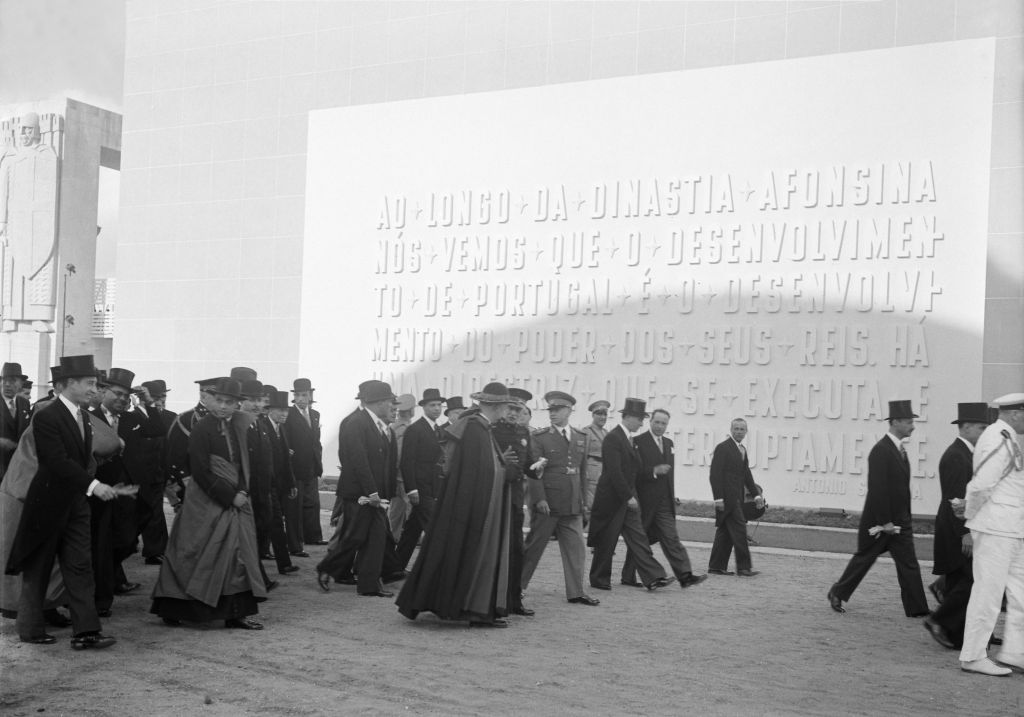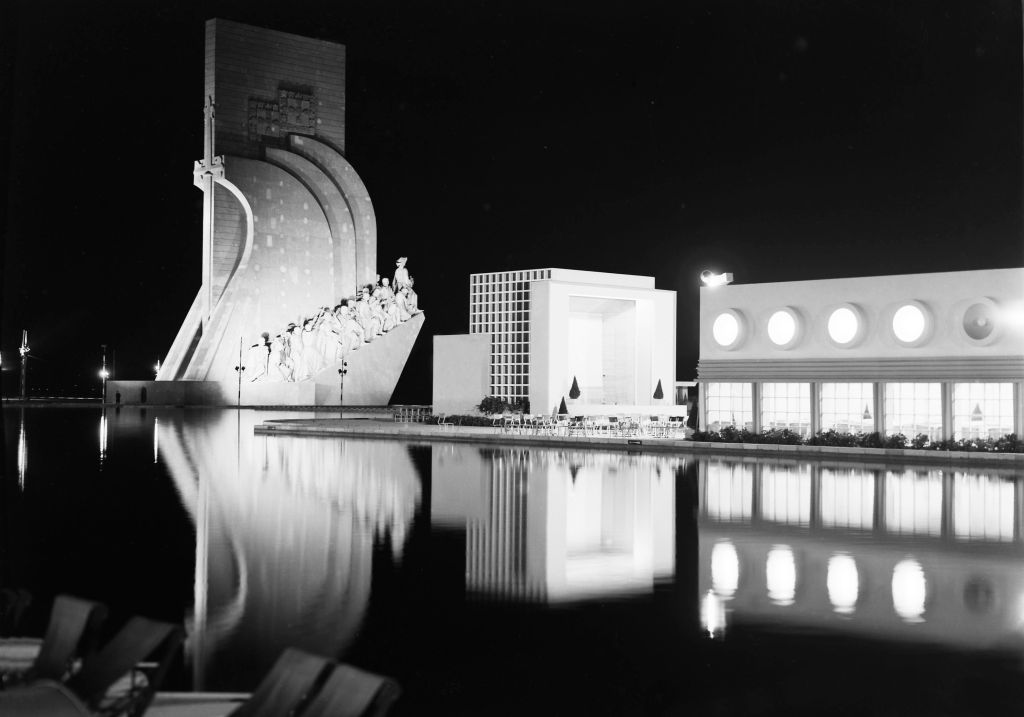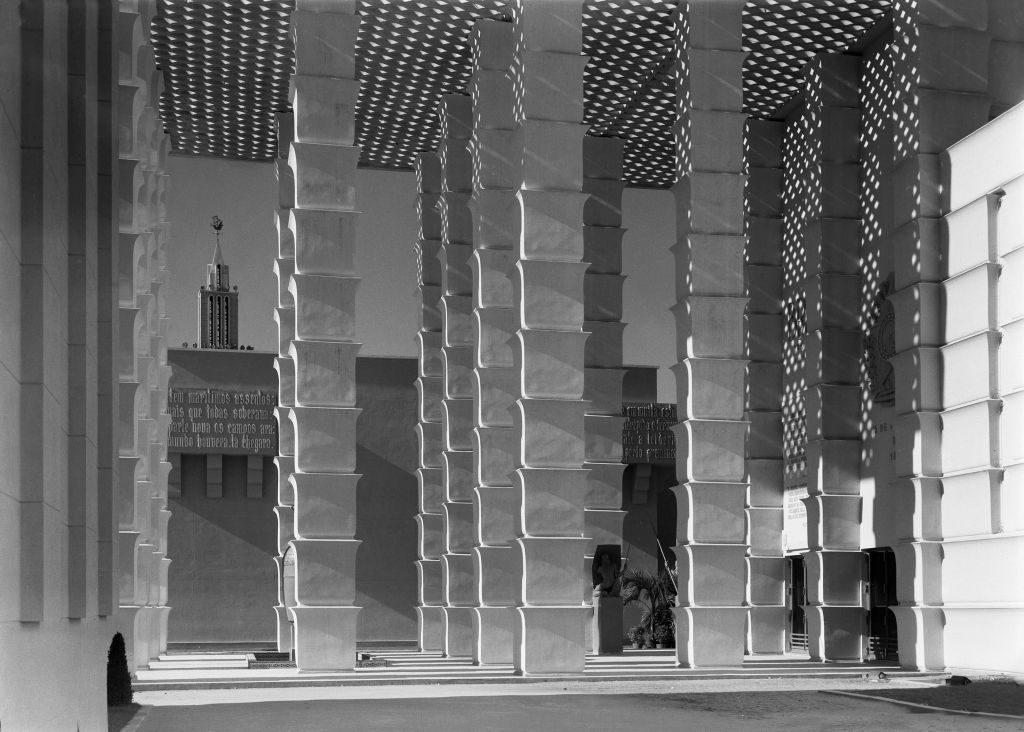1940 The Portuguese World Exhibition
1940Gallery
Share on social media
About this gallery
The decision to build the Portuguese World Exhibition in Belém made the most of the symbolic relationship between Portugal and the River Tagus, and more specifically the place from where boats embarked on exploring unknown seas and lands from the 14th century onwards. The Jerónimos Monastery forms the backdrop, extending the exhibition space from the Praça Afonso de Albuquerque to the Torre de Belém.
The exhibition was arranged around Praça do Império, a space joining together the pavilions and special sections.
Forming a quadrangle with the ‘Monumental Fountain’ at its centre, the square was bounded by the main exhibition pavilions; the Pavilion of the Portuguese in the World, designed by Cottinelli Telmo, on the western side, and the Pavilion of Honour and Lisbon, designed by Cristino da Silva, on the eastern side. These pavilions were perpendicular to the river yet separated from it by the Avenida da Índia and the railway line. At the southern end of the square was the ‘Water Mirror’ by António Lino and the ‘Monument to the Discoveries’, also designed by Cottinelli Telmo in collaboration with Leopoldo de Almeida, situated alongside the Belém docks and in line with the square. Another symbolic element was the ‘Portuguese Ship’, a vessel created as a faithful replica of a Portuguese galleon from the 17th to 18th centuries.
